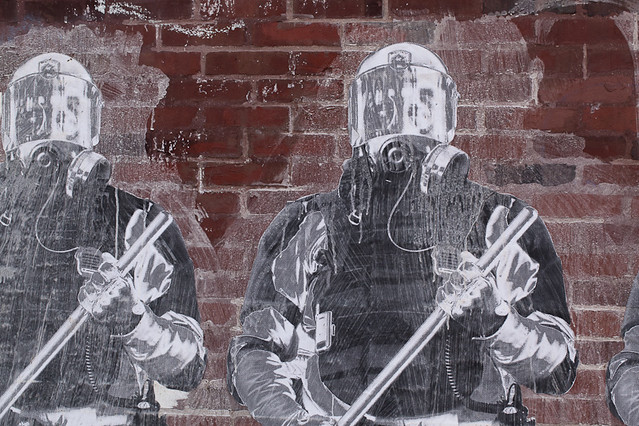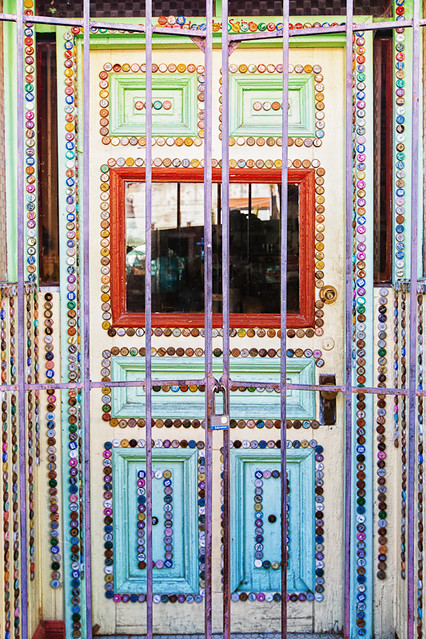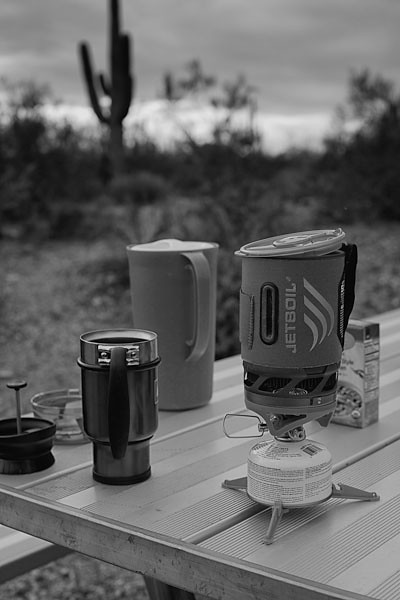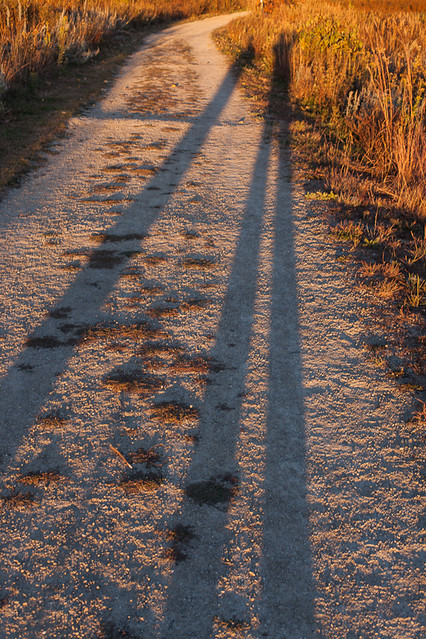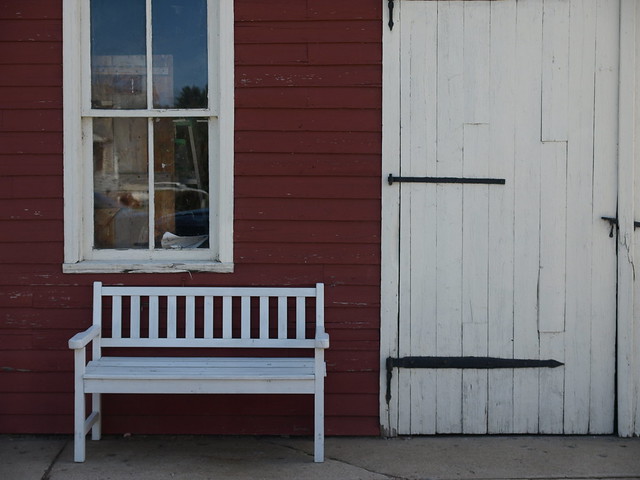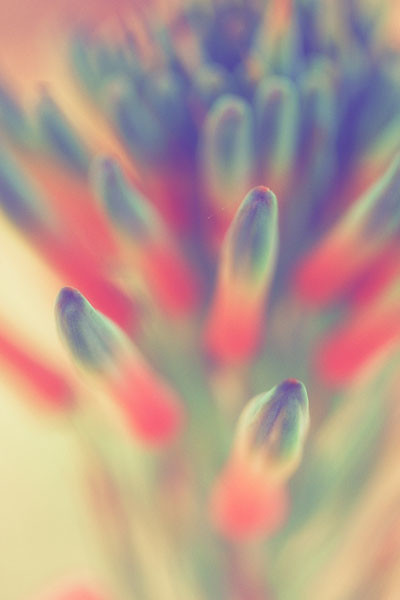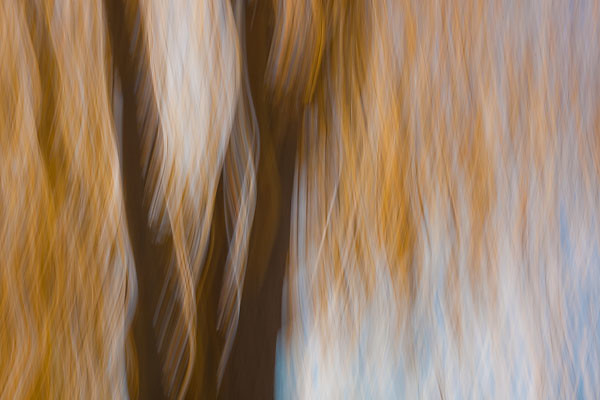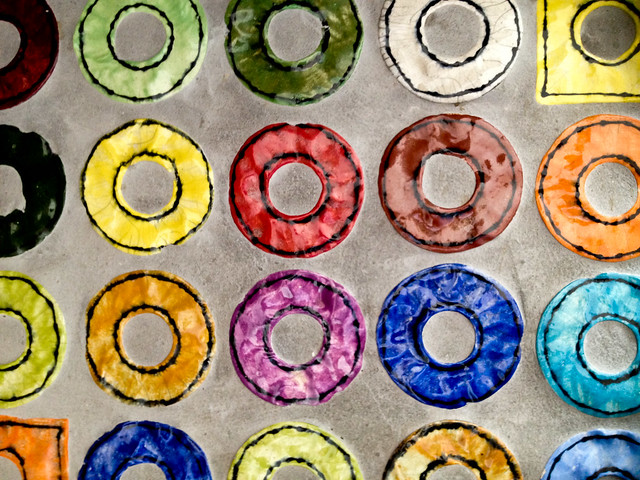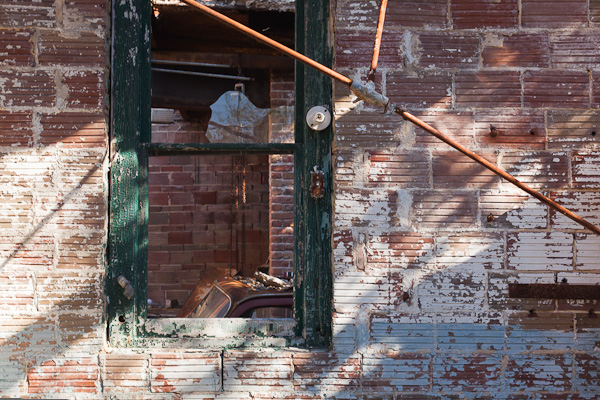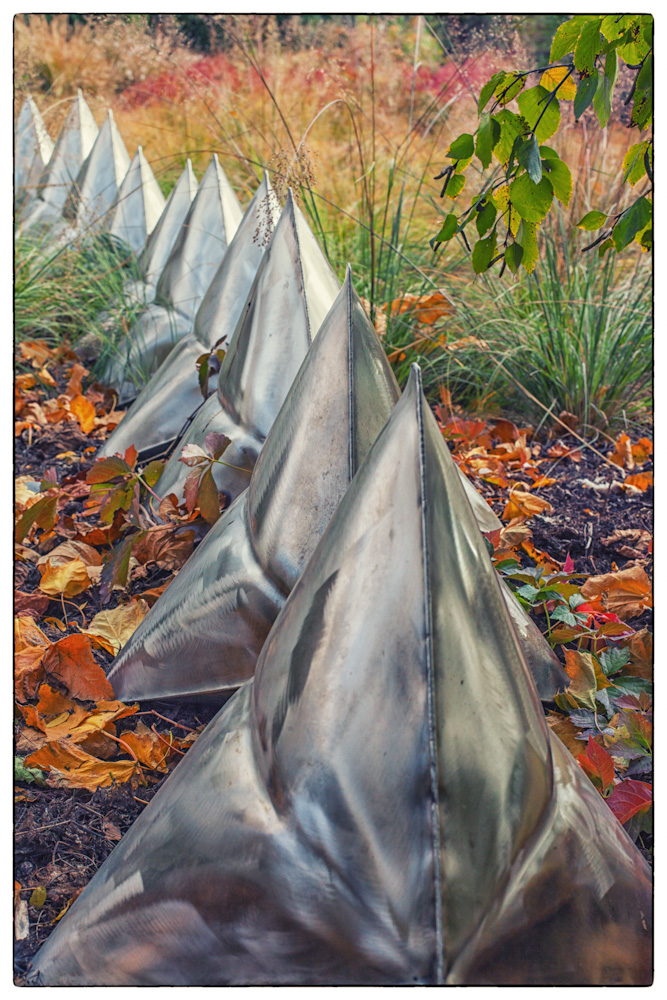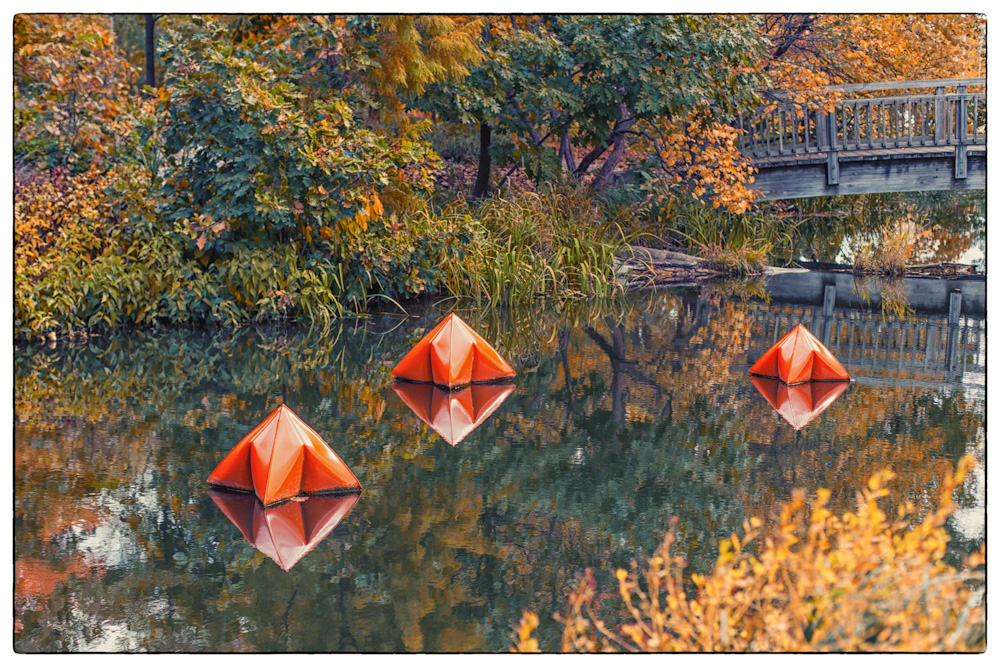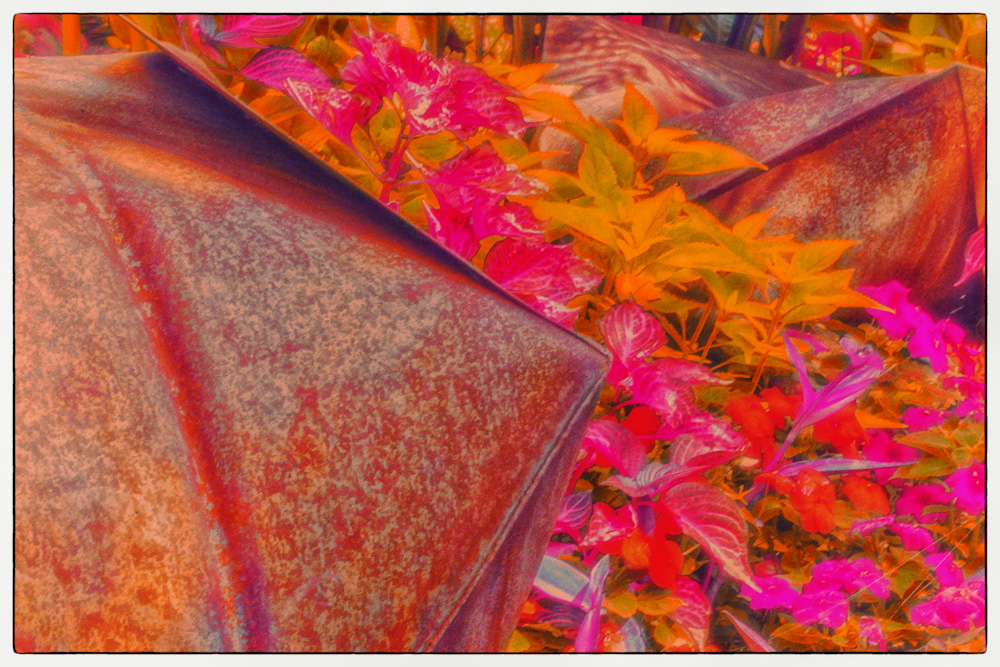“What art offers is a space — a certain breathing room for the spirit. ~ John Updike
This post is the seventh in a series of my story, an intimate exploration of art and healing. See the introduction and complete series at My Healing Journey.
Once I earned the privilege, I worked in the art room every day, often twice a day. The art I created was not beautiful, not worthy of hanging over anyone’s couch. It was dark, often difficult to look at, always meaningful. The art I created helped me deal with the emotions bubbling to my surface so that I did not have to explain in words. Too raw for words, the art spoke for me – through my paintings, sculpture, and mixed media work.
“Where something becomes extremely difficult and unbearable,
there we also stand already quite near its transformation.” ~ Rainer Maria Rilke
I was immediately attracted to the woodworking room, a small room divided from the open studio area which was often crowded with other patients working on art or craft projects.
There was a center work table, tools hung from pegs and hooks on the wall, there were bins of building materials. I had no specific goal in mind when I began, but I felt driven to create. El, in her wisdom, always stayed near while I worked here. She’d pull a stool into the corner, and perch there with a pile of her never finished paperwork balanced on a lap board. She both ignored me and kept watch. She answered questions and found supplies I wanted, but otherwise I was on my own.
While many of the clients chose to work on projects they could gift to friends and relatives, diversional projects which fulfilled a need, I chose to let my spirit speak through my hands.
My first project was a sculpture of many layers, and its creation, done over a couple of weeks, was a turning point in my recovery.
I began with several pieces of wood, a saw, a hammer and nails. With great intensity, I cut wood into many lengths. The sawing stage was short-lived. I was anxious to get the hammer in my hands. When I began hammering nails into the pieces of wood, the creation took on a life of its own.
I hammered hundreds of nails into five or six pieces of wood. I made a base, then angled pieces of wood to form a teepee like construction. I pounded some of the nails so many times, only the nail head was visible surrounded by hundreds of hammer-head imprints. Nails protruded from the edges. Nails bent; they were pounded into the wood lengthwise. Nothing was wrong. There were no rules, except those for safety’s sake. Never one who liked to follow rules, I understood the sanctity of the safety rules. I wore safety goggles and aprons. I understood that the misuse of tools or equipment were grounds for dismissal from the workroom. I honored the space, the rules, the tools. I learned to manage my emotions within a set of boundaries. And I kept creating.
“Let everything happen to you, beauty and terror.
Just keep going, no feeling is final.” ~ Rainer Maria Rilke
After the hammering and nails stage, I moved into the plaster of Paris stage. The plaster was my sculpting material. I mixed bowls full of the thick white pasty stuff. Then I applied it to my wood structure. Layers and layers of white in globs and streaks. There was nothing delicate or considered in its application. Just the urge to hide the wood and the nails under a volcanic-shaped mass of white.
I added small human figures which I fashioned from bits of clay. I pushed the figures deep into the sculpture. I rolled clay into snakes with open mouths. I pushed them deep into the sculpture. El continued to quietly observe from the sidelines. Occasionally another patient would use the tools for a leather project, but for the most part I worked alone and in silence.
The sculpture of wood and nails and plaster became the container for my anger, my pain, my wounded self. I asked El if there was paint. I wanted large quantities of black and red paint. El left the room, returned with two 16 ounce bottles of tempera paint – one primary red, one black.
Using a brush more suited for house painting, I slashed streaks of red and black over the white. I again worked in many layers. Paint over paint over paint. I worked in a quiet, self-directed, controlled frenzy. A controlled frenzy, you ask? That is what it was. I could not stop. I did not act out in rage or anger or despair, although those emotions were present within me. But I could not stop. I had to make this wood-nail-plaster-clay figure-paint structure.
For several days after I had finished the painting, I went in the woodworking room and sat with it. Examined it. El eventually handed me a notebook and a few markers – red and black – and asked if I wanted to write a few words. Thirty pages later, I stopped.
We are product of our past but we don’t have to be prisoners of it. ~ Rick Warren
“I’d like to destroy it, that pile of stuff,” I said to El.
“How would you do that?” she asked.
I knew that the act of destroying my art required a safety plan. There were limits and boundaries, there were rules for safety, and there were the other patients to consider.
“What if I did it when there aren’t people around? It might be frightening, the noise and all. I’d put a big piece of plastic on the table so there isn’t much mess. And wear the safety goggles and my apron.” I answered. “I want to take the hammer and smash it.”
El nodded her permission. “I’ll get what you need. You could do it Saturday afternoon, after the department closes for the weekend.”
And that is what we did. I spent several hours on a Saturday afternoon in a cold January destroying my sculpture symbolizing man’s inhumanity towards others. I hammered it into a pile of dust and mangled wood and bent nails. When I was finally weary of the hammering, I hung the tool on its hook and smiled. A very small smile. Then I sobbed and sobbed.
El sat me down, lightly put her arm around my shoulder and sat with me. We sat for a long time.
Finally I stopped crying, found tissues, and cleaned up a bit.
El looked out the window “It’s beginning to snow. Let’s get our coats and go for a walk.”
We walked around the hospital grounds. The new snow-covered the grayed snow in piles on the parking lot. The air was cold and fresh and very clean. I gulped huge breaths.
Art heals. Not overnight. Not in a week. But art, practiced over a lifetime, offers the spirit a path towards healing.
Next: Putting Out Fires
